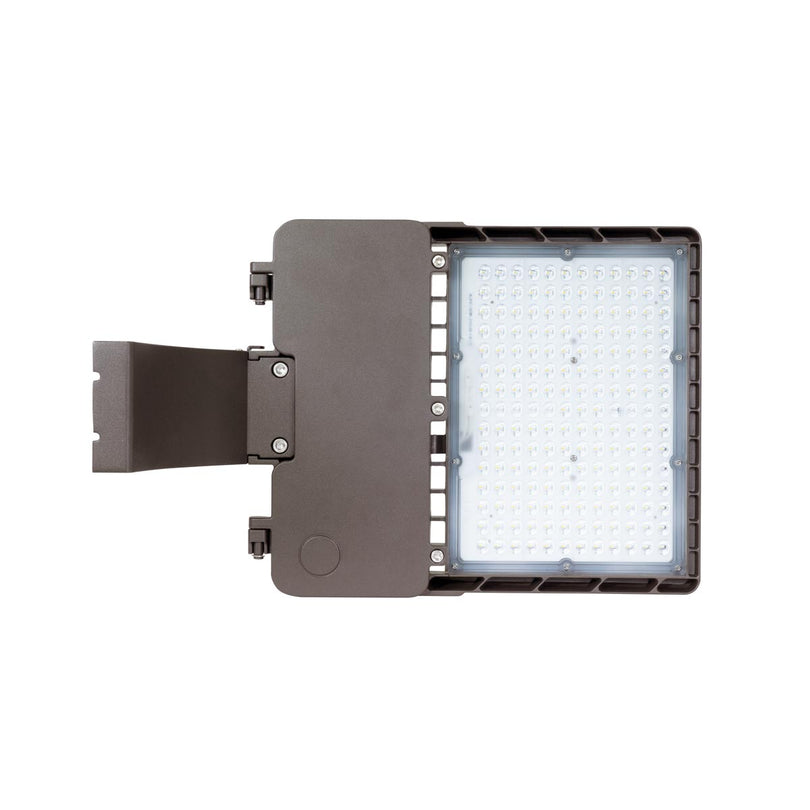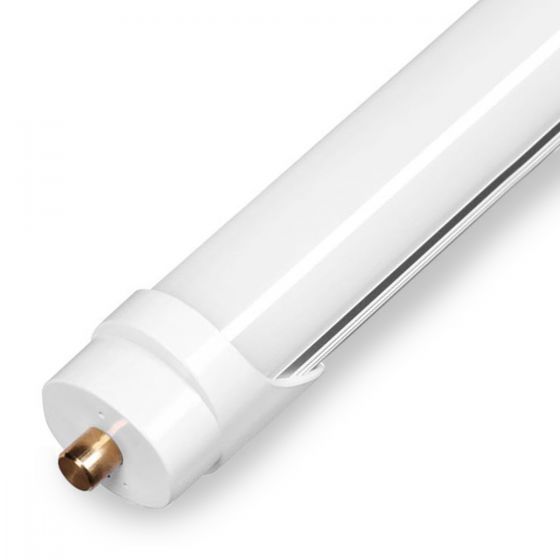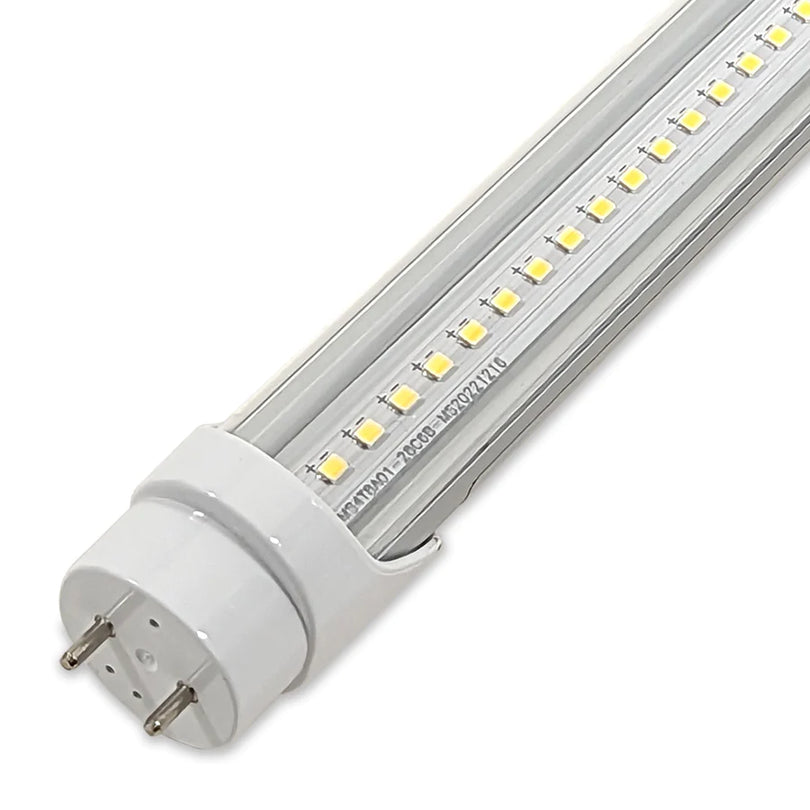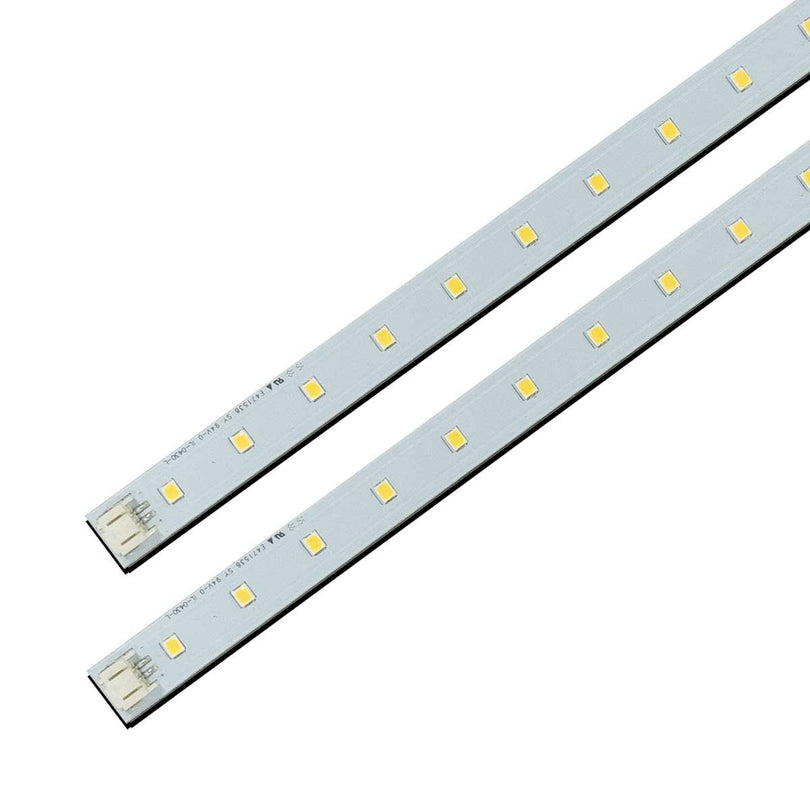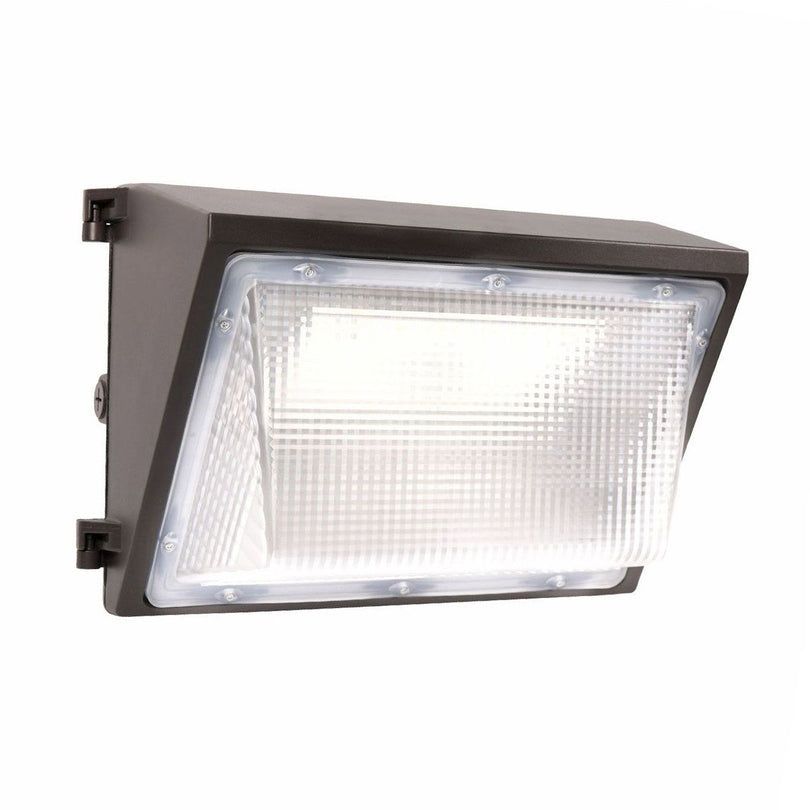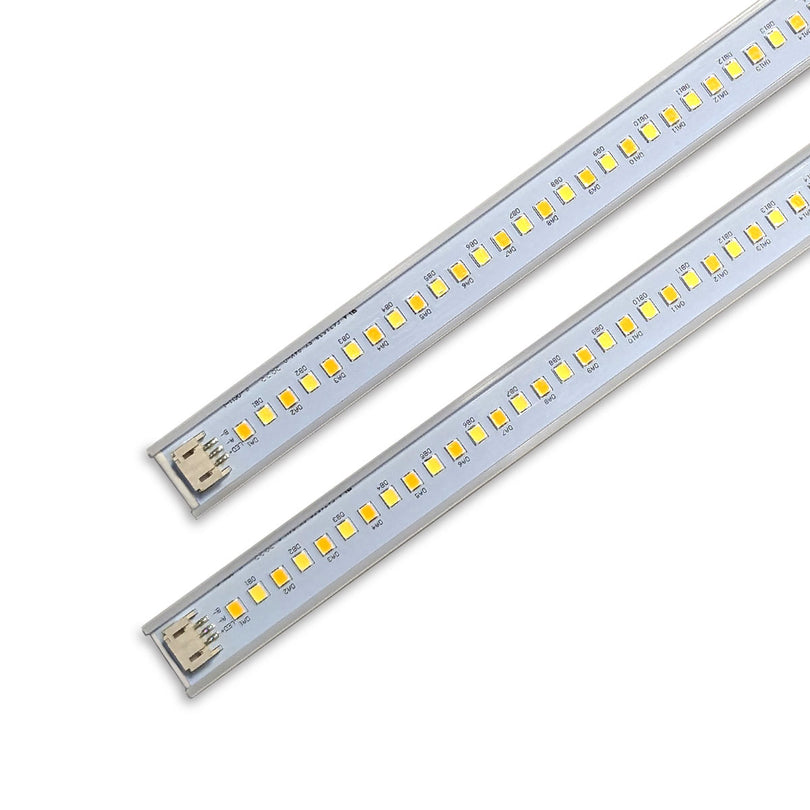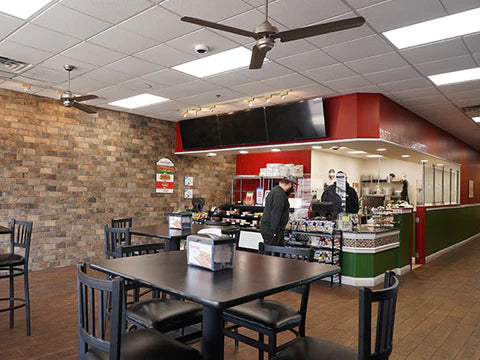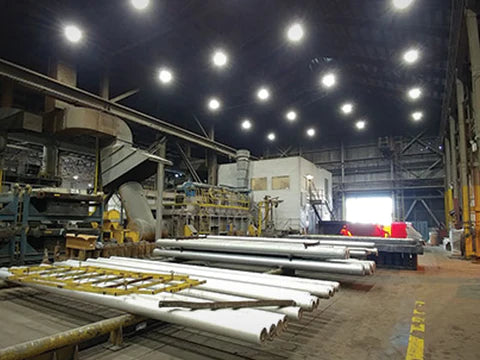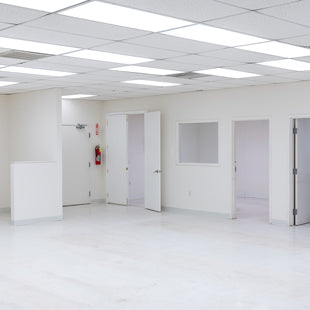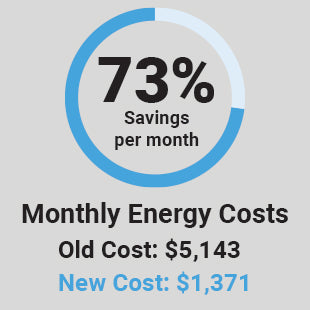One of the decisions you need to make when purchasing new lighting is what kind of white light you want for your application. The color of your white can influence mood, brightness, alertness and more. What do you need to know exactly?
Three Shades of White
White lights come in three basic color "temperatures": warm, neutral (sometimes also called "cool"), and cold (sometimes also called "daylight"). Warm white leans more toward yellow. Cold white leans more toward blue. Neutral white aims for somewhere in the middle.
Color temperature is actually measured, however, on a numerical Kelvin scale. The lower the number, the yellower the color; the higher the number, the bluer the color. Therefore a warm white rated at 2400K would be a different (yellower) white than one rated at 3000K. A 5000K cold white would be less blue than a 6000K cold white.
Also, it's good to keep in mind that the higher the color temperature, the more lumens its puts out. (Or the brighter it appears, in other words.)
Why does any of this matter? Color temperature has a big impact on the overall atmosphere of a space. We break down the best ways to use color temperature below.
Warm and Cozy
Warm white light can make a space feel more intimate, welcoming, and even luxurious. Perhaps it's because candlelight and fireplaces emit yellow and orange—warm—light. In your home, you'll want to use warm white wherever you want to create a relaxing, calm environment, such as your living room or bedroom. It's also good for bathrooms—cold white light can be rather harsh, and few people want to see their faces that starkly first thing in the morning.
For retail and commercial purposes, you'll want warm white lighting in home goods stores, higher end clothing stores, jewelry stores, hotel lobbies and guest rooms, full-service restaurants, waiting rooms, law offices, and other locations where you want your to showcase the quality of your items or create a relaxing atmosphere.
Crisp and Clear
Cold white (also called "daylight white"), on the other hand, makes a space seem crisp, clean, and—if necessary—sterile. This is why it can be good for treatment and exam rooms, labs, offices and meeting rooms (to help keep people alert), classrooms, commercial kitchens, warehouses, factories, display lighting and showrooms, airports, etc.
Somewhere In Between
Neutral white light is friendly and inviting without being too stark, making it a good option for offices where you feel cold white may be a little too much. It's also great for home kitchens, garages, and basements.
Smart Color Combining
You don't have to select just one color temperature for a space. Kitchens, for instance, can benefit from a mix of lighting—perhaps cold or neutral white at work and prep surfaces and warm white for ceiling lights or pendant lamps over counter seating. This allows you to move from a bright working kitchen to an intimate place to gather with the flip of a switch.

 215.355.7200
215.355.7200